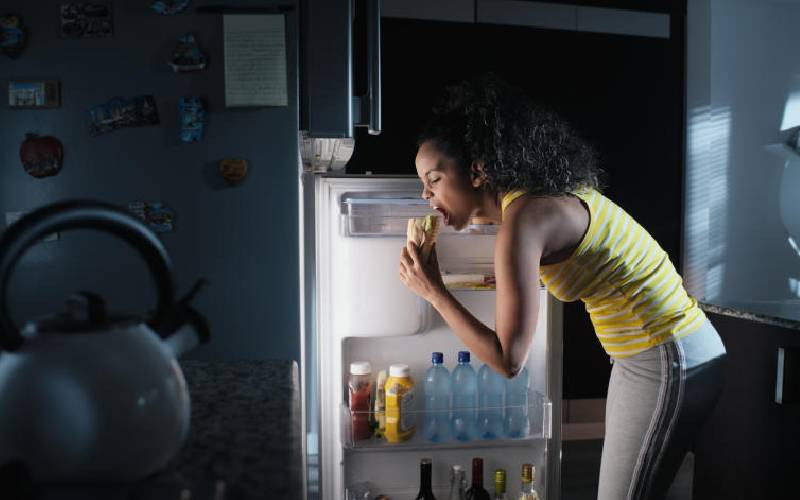×
The Standard e-Paper
Home To Bold Columnists

As hot weather conditions become increasingly common due to climate change, there is an increase in demand for household cooling appliances in Kenya, keeping up with the trends around the world.
While Kenya is currently experiencing heavy rains, which have had a devastating impact, the country has recently come from a prolonged drought and experts warn that the weather extremes will get worse.







